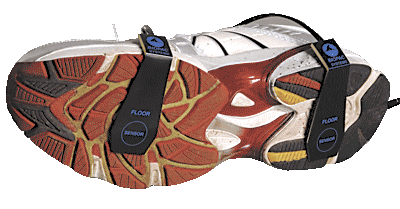 The BN-STRIKE system with added Heel/Toe Strike Transducer(s) will record heel and toe strike relative applied pressure and timing activity as the subject walks. The FSRs indicate the pressure placed on the heel and on the toe as the subject walks. Typically, one FSR is attached to the sole of a shoe at the heel and the other FSR is attached at the toes. However, the sensors can be placed anywhere along the length of the sole.
The BN-STRIKE system with added Heel/Toe Strike Transducer(s) will record heel and toe strike relative applied pressure and timing activity as the subject walks. The FSRs indicate the pressure placed on the heel and on the toe as the subject walks. Typically, one FSR is attached to the sole of a shoe at the heel and the other FSR is attached at the toes. However, the sensors can be placed anywhere along the length of the sole.
Each FSR outputs data on a separate analog channel so the system can easily detect simultaneous strike. The high sampling rate (2000 Hz) allows the system to detect the very slight nuance in timing shifts (down to 0.5 ms resolution) between heel strike and toe strike. In addition to timing measurements, the BN-STRIKE also permits measurement of relative applied pressure, for either FSR, during gait.
Registered impulses on each channel simply reflect the timing marks associated with heel/toe strike contact during gait. The amplitude of each impulse is indicative of force measured at the time of strike. Although this amplitude value does not have an exact linear relationship to force, it is monotonically related. As force increases, amplitude increases. If precise force measurements are required, weights could be sequentially applied to each sensor to perform a rough calibration within a narrow operational range or an AcqKnowledge Expression channel could be used to linearize a heel/toe strike sensor over a wide operational range.
Interference with other recording modules or systems is greatly minimized because the transmitter is completely battery operated and operates totally independently of any other recording grounds or power sources.
The recording transmitter is also extremely safe to use, because there is no physical connection to supply mains. The transmitter attaches to the subject’s calf via stretchy Velcro strap. The exterior transmitter body dimensions (W x H x D) are approximately 6 cm x 4 cm x 2 cm and it weighs approximately 54 grams. The transmitter’s battery can provide power for up to 72 hours of continuous operation.
BioNomadix noninvasively record high-quality, full-bandwidth data while comfortably allowing subjects to move freely in natural indoor environments. Each BioNomadix device consists of two parts, a transmitter that is worn by the subject to amplify and send the physiological data, and a receiver module. BioNomadix transmitters use digital transmission and short leads or transducers placed close to the signal source to provide excellent signal quality. BioNomadix are configured for specific signal types, so you don’t have to adjust settings on the hardware or software for high quality data.
Multiple BioNomadix can be used to provide the optimum signal combination for a research study requiring biopotential or transducer signals.
BioNomadix accessory items include transducers, electrode leads, and a custom, pocketed stretch-mesh shirt to comfortably hold multiple devices in place. The shirt has zippers placed for easy access to electrode sites and is available from extra small to extra large.
Developed and manufactured by BIOPAC Systems Inc., a leader in life science data acquisition and analysis, the new BioNomadix series delivers all the benefits of a wireless solution with the signal quality & integrity of a wired system. BioNomadix provides a cost-efficient option for uncompromised wireless physiological subject monitoring.
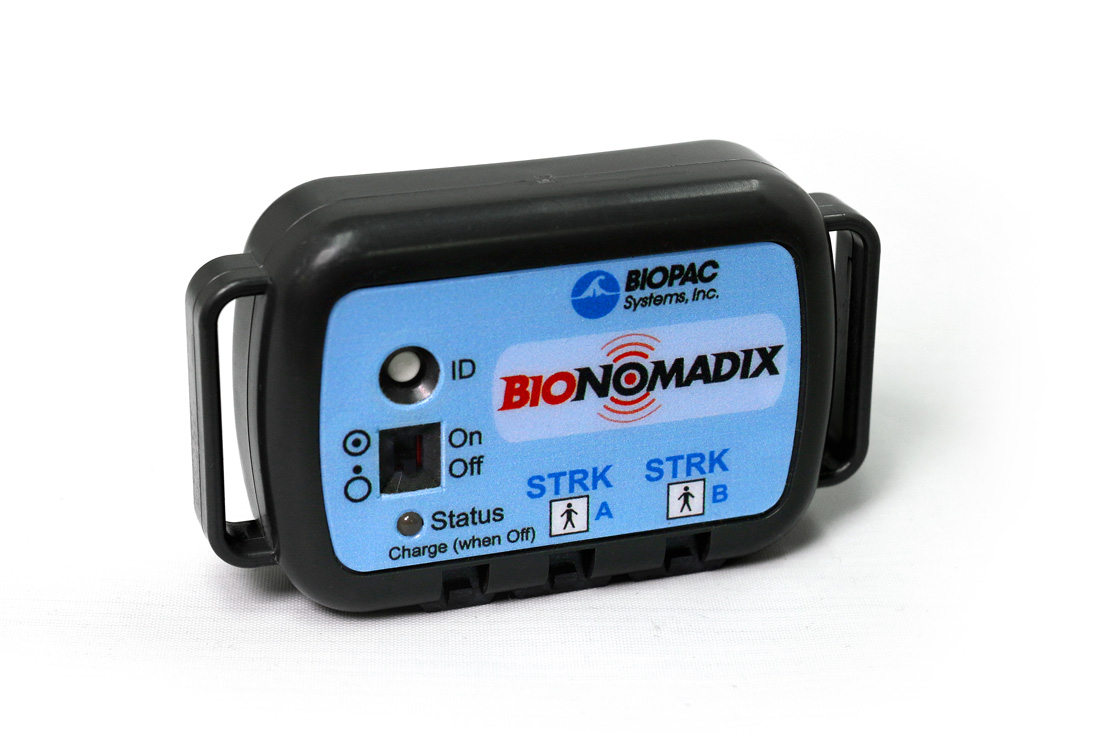





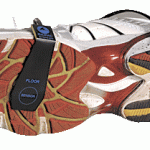
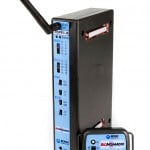
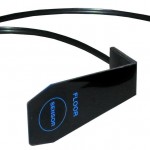
Stay Connected